China Professional Customization Mini Aircraft Box
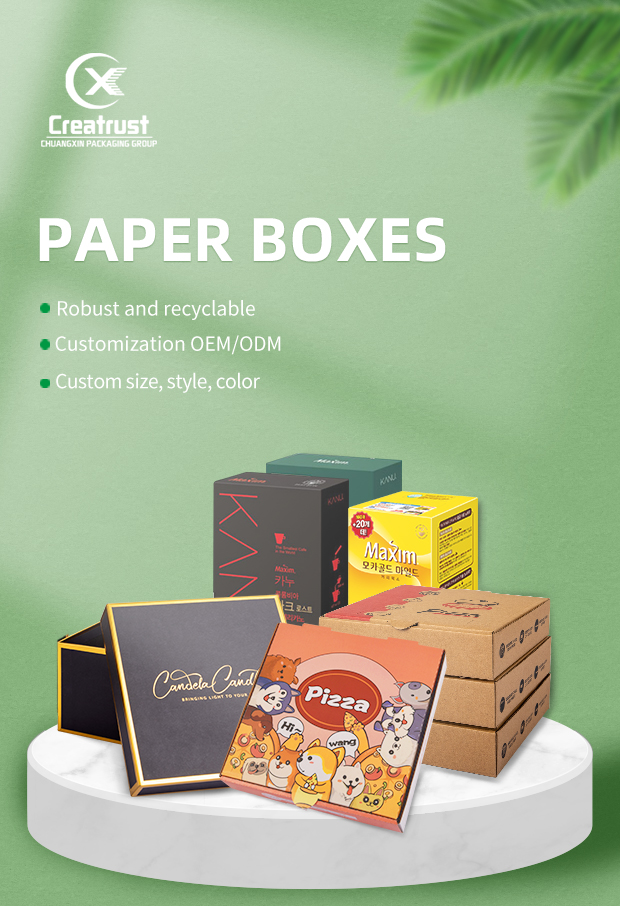
1. Material and Construction
One of the primary characteristics of aircraft boxes is the materials used in their construction. Typically, these boxes are made from lightweight yet durable materials such as aluminum, fiberglass, or high-strength plastics. The choice of material is critical, as it must withstand the rigors of air travel, including changes in temperature, pressure, and humidity. Additionally, many aircraft boxes are designed with reinforced corners and edges to provide extra protection against impacts during handling and transport.
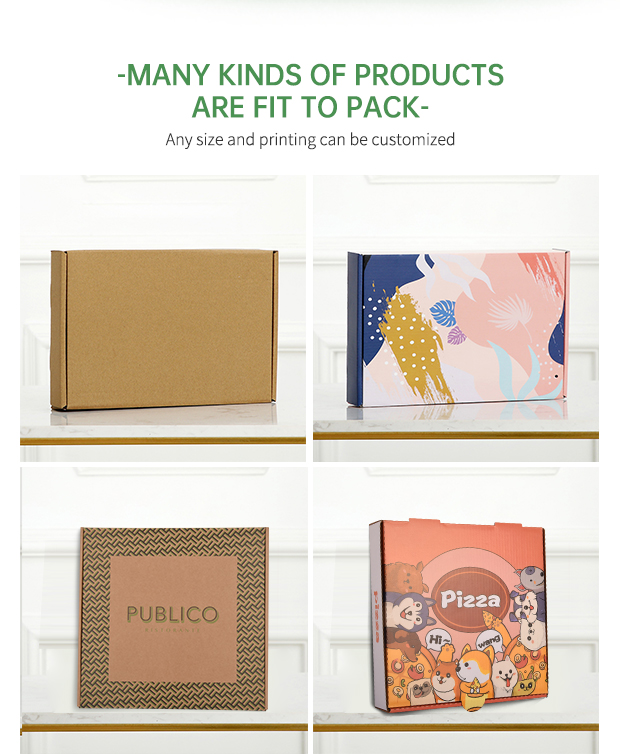
2. Size and Dimensions
Aircraft boxes come in various sizes and dimensions to accommodate different types of cargo. The International Air Transport Association (IATA) has established standard sizes for air cargo containers, which helps streamline the loading and unloading process. Common dimensions include Unit Load Devices (ULDs) such as the LD3, which measures approximately 1.5 meters in length and 1.2 meters in width. The size of the aircraft box is crucial, as it must fit within the cargo hold of the aircraft while maximizing the use of available space.
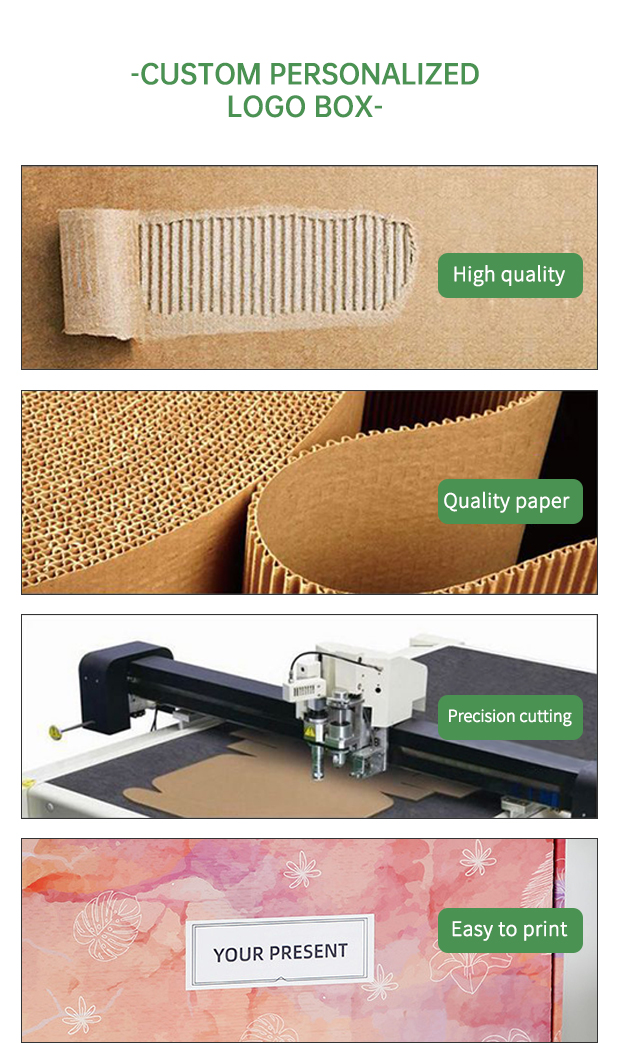
3. Weight Capacity
Another important characteristic of aircraft boxes is their weight capacity. Each box is designed to carry a specific maximum weight, which is determined by its construction and material. It is essential for shippers to adhere to these weight limits to ensure the safety of the aircraft and its cargo. Overloading an aircraft box can lead to structural failure, compromising the integrity of the cargo and posing risks during flight.
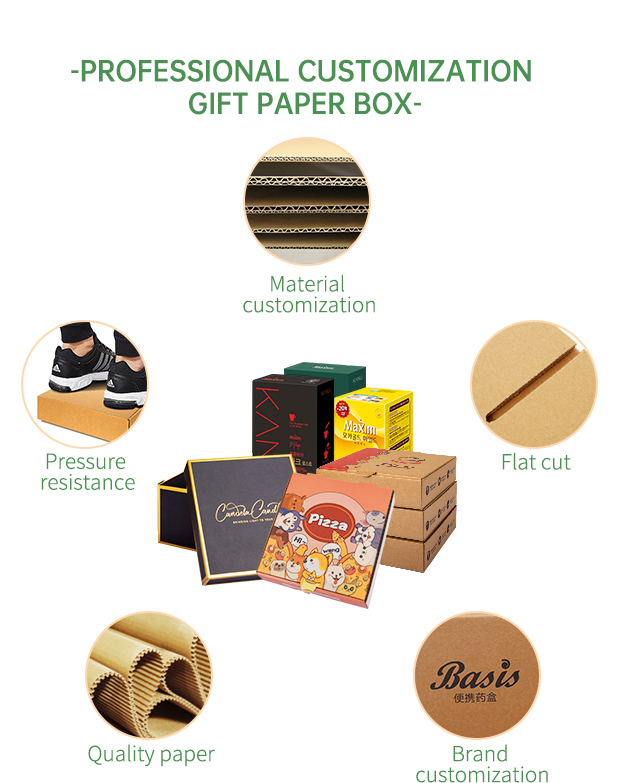
4. Security Features
Security is a paramount concern in air freight, and aircraft boxes are equipped with various features to protect the contents. Many boxes come with locking mechanisms, tamper-evident seals, and tracking systems to monitor the location of the cargo throughout its journey. These security features help prevent theft and ensure that the cargo arrives at its destination intact.

5. Temperature Control
For sensitive cargo, such as pharmaceuticals or perishable goods, temperature control is a critical characteristic of aircraft boxes. Some boxes are designed with insulation and refrigeration systems to maintain a specific temperature range during transit. This capability is essential for ensuring that temperature-sensitive items remain viable and safe for use upon arrival.
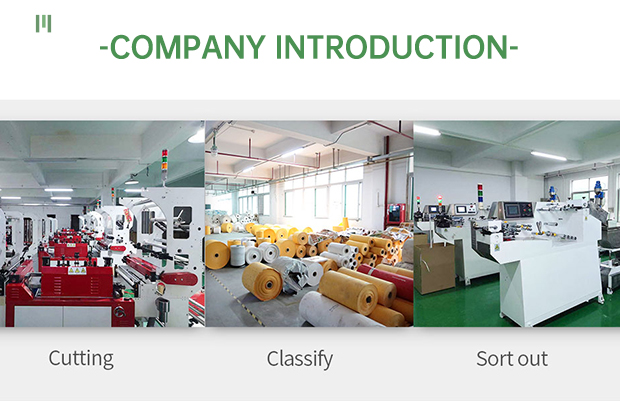

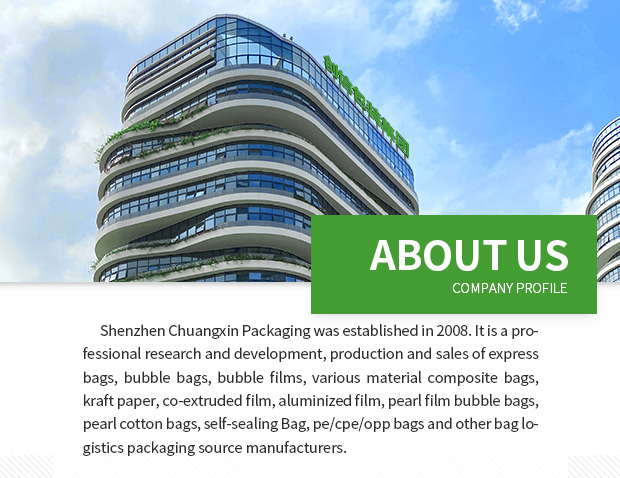
6. Compliance with Regulations
Aircraft boxes must comply with various international regulations and standards, including those set by the IATA and the Federal Aviation Administration (FAA). These regulations dictate the design, construction, and labeling of aircraft boxes to ensure safety and efficiency in air transport. Compliance with these standards is vital for shippers to avoid penalties and ensure smooth operations.
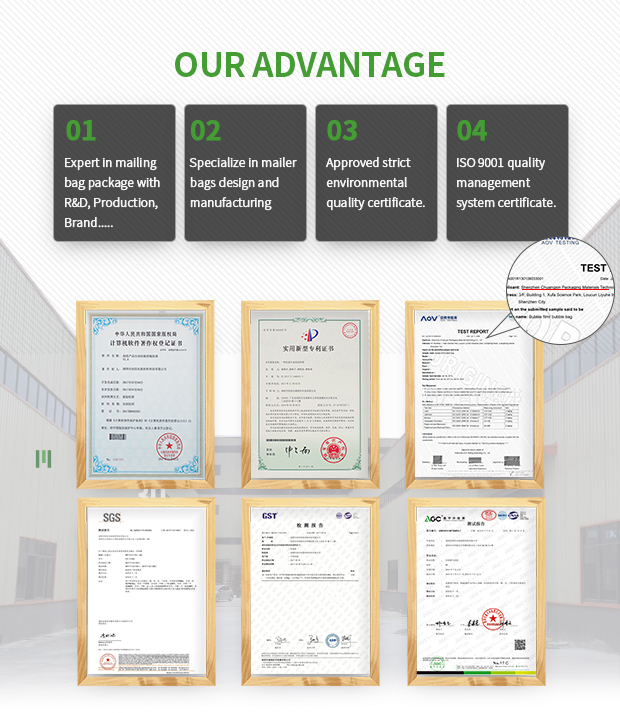
7. Versatility
Finally, aircraft boxes are versatile and can be used for a wide range of cargo types, from electronics to automotive parts. Their adaptability makes them an essential tool for businesses looking to transport goods quickly and efficiently by air.

Welcome to Shenzhen Chuang Xin Packing Material Technology Co., Ltd.








